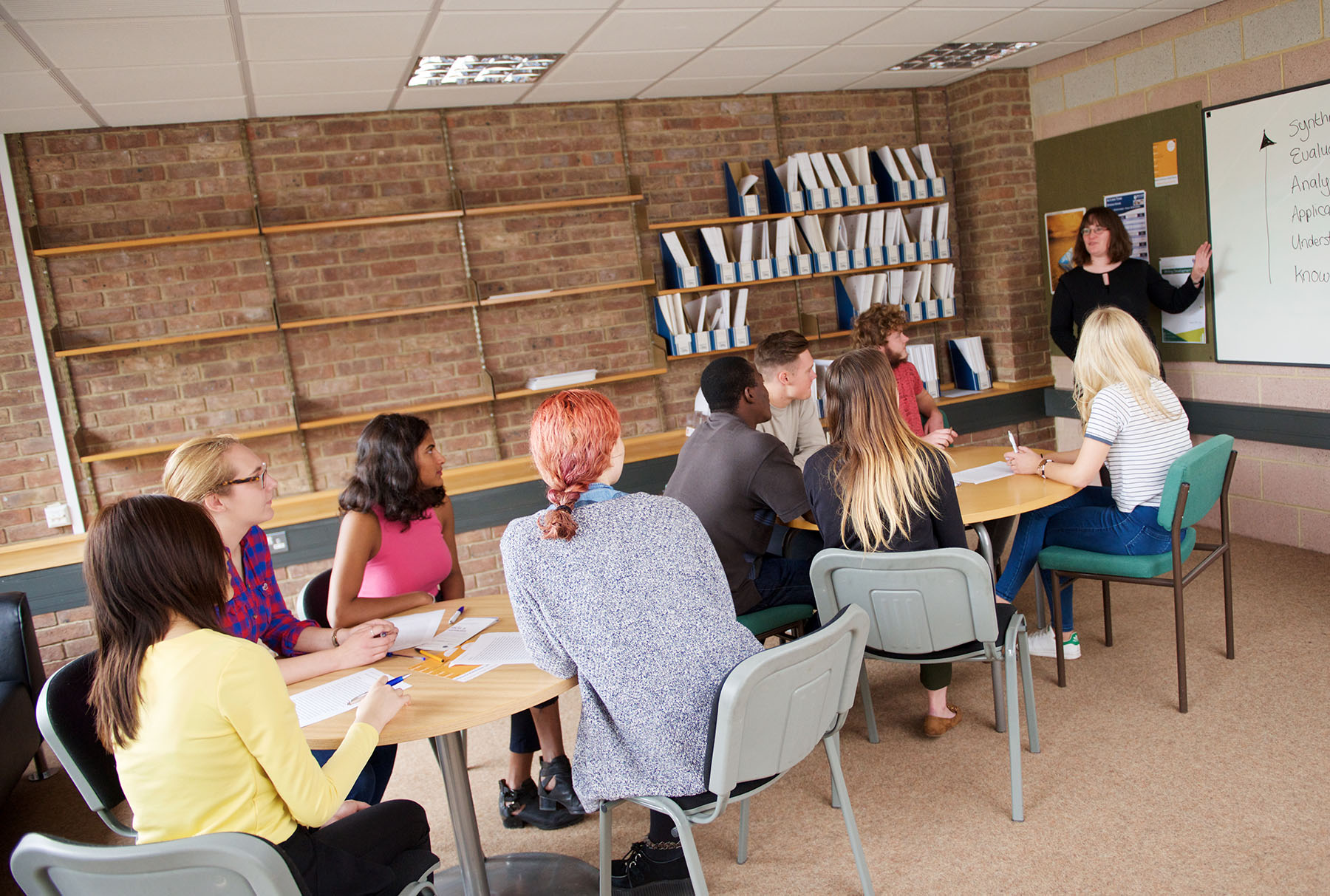'In-session' Social Activities
NEW: A vision for education and skills at Newcastle University: Education for Life 2030+
'In-session' Social Activities
The classroom is where a lot of relationships and social connections are formed for our students. The informal conversations that take place within and in-between sessions are often how students get to know their peers. Recreating those informal chats in an online space can be difficult but, below, we’ve outlined some suggestions that may help to foster these social interactions and help even the quietest students to engage.
Icebreakers
An icebreaker can be a useful tool to help students feel more at ease in a new space/with new peers. It’s particularly beneficial if your teaching session is going to ask students to contribute to discussions or to present as students will already have built some rapport with their peers and hopefully feel more comfortable contributing. You don’t need to use an icebreaker at the start of every session but starting your first session with a new group with an icebreaker can help develop social relationships that carry through for the whole term. Below are some suggestions for icebreakers:
- OneHE Equity Unbound - see the 'Warm up activities'
- Dr Chris Headleand - Twitter thread on online icebreakers
- SessionLab - Warm up Energizers
Leaving the Zoom/Teams room open or starting early
This can be a great way of allowing people to meet each other and chat informally. Leaving the video conference room open for 10 mins at the end of a teaching session (designating a student as ‘host’ so you can leave the room) or starting the session early to allow everyone to chat helps mimic the informal discussions that would naturally take place as students walk into a lecture theatre. Alternatively, you could put small groups of students into breakout rooms at the start of a session to chat amongst themselves. Tell students why you’re doing this so they know what’s expected of them.
Encouraging the use of the chat
The chat function in Zoom and Teams allows participants to send private or public messages (you can disable/enable these settings). Encouraging students to use the chat function may help start conversations and build connections that the students may then continue outside of class. You may want to highlight the online etiquette guidance or establish ground rules as a group when using chat. You could also refer to the Student Charter which contains useful guidance that is transferrable to online social spaces.
Breakout rooms
As mentioned above, the breakout room is a great way to create smaller groups where talking or speaking up may be less intimidating. These could be used before, during, and/or after the session for students to connect and talk about the learning or purely for socialising.
Text-based platforms
Using the chat functions in-session or creating discussions boards in Canvas or Teams can help students to connect. Discussion boards may be advantageous in that they allow everyone to engage at a time that suits them (i.e. they’re non-synchronous). Encouraging students to add useful links to papers, resources etc will help students connect as they may start a conversation with a fellow student who added a comment.
